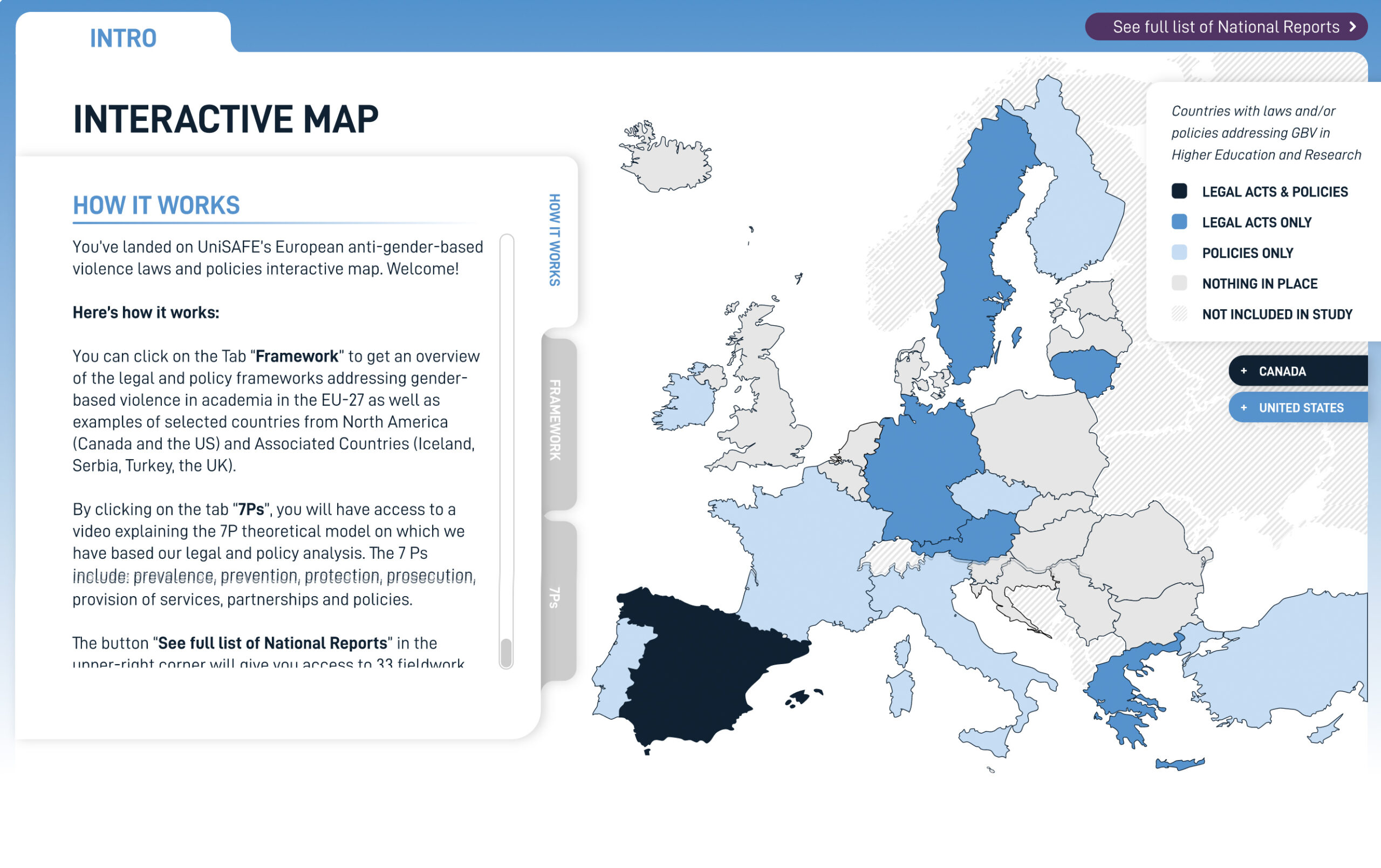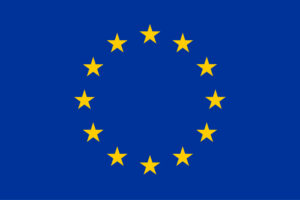Legal and policy framework
The European Commission (2020) has listed ending gender-based violence as one of the key objectives of the EU Gender Equality Strategy 2020-2025. According to the European Commission (2021):
Gender-based violence is defined as violence directed against a person because of that person’s gender or violence that affects persons of a particular gender disproportionately. Violence against women is understood as a violation of human rights and a form of discrimination against women and shall mean all acts of gender-based violence that result in, or are likely to result in physical harm, sexual harm, psychological harm, or economic harm or suffering to women. It can include violence against women and domestic violence against women, men or children living in the same domestic unit. Although women and girls are the main victims of gender-based violence, it also causes severe harm to families and communities.
The Council of Europe (2018), in its Gender Equality Strategy 2018-2023 tends to focus more narrowly on violence against women, emphasising that:
Violence against women remains one of the most pronounced expressions of the unequal power relations between women and men. It is both a violation of the human rights of women and a major obstacle to gender equality.
According to the same strategy of the Council of Europe, gender-based violence and violence against women are two terms that are often used interchangeably, as most violence against women is inflicted for gender-based reasons and it affects women disproportionately. Gender-based violence is defined as:
Gender-based violence refers to any type of harm that is perpetrated against a person or group of people because of their factual or perceived sex, gender, sexual orientation and/or gender identity.
One of the most prominent and recognised instruments to address violence against women is the Council of Europe Convention on Preventing and Combating Violence against Women and Domestic Violence (commonly referred to as the Istanbul Convention). As of 5 May 2023, 37 countries have ratified the Istanbul Convention and a further eight have signed it but not ratified it, including the EU itself as an international organisation (Council of Europe, 2021). Article 3 of the Convention defines violence against women as a “violation of human rights and a form of discrimination against women and shall mean all acts of gender-based violation that result in, or are likely to result in, physical, sexual, psychological, or economic harm or suffering to women including threats of such acts, coercion or arbitrary deprivation of liberty, whether occurring in public or private life”. In the same article, gender-based violence against women is defined as “violence that is directed against a woman because she is a woman or that affects women disproportionately.”
The International Labour Organisation (ILO 2019) has also played an important role in setting standards in relation to gender-based violence. In 2019, it adopted the Violence and Harassment Convention – known as Convention No. 190 or C190 – which recognises everyone’s right to a world of work free from violence and harassment, including gender-based violence and harassment. It notes that such violence at work represents a human rights violation or abuse, and poses a threat to access to decent work, and the labour market more generally. It calls for an inclusive, integrated and gender-responsive approach in combating gender-based violence, that considers how intersecting forms of discrimination and unequal power relations contribute to the problem.
These strategies and conventions aim at a global outreach, and to provide a framework for the promotion of policy-led change and effective measures – at national or organisational level – in different parts of the world. However, it is evident that the national context matters and that there may be very different understandings of what constitutes gender-based violence, including what is seen as acceptable.



 The contents of this website were developed by Yellow Window and do not necessarily reflect the views of the EC. This project has received funding from the European Union’s Horizon 2020 research and innovation programme under grant agreement no. 101006261
The contents of this website were developed by Yellow Window and do not necessarily reflect the views of the EC. This project has received funding from the European Union’s Horizon 2020 research and innovation programme under grant agreement no. 101006261